Why would anyone want to use a manually-focused camera employing an archaic optical alignment mechanism, compatible with only a limited range of focal lengths? Worse still, not only does this camera lack a direct view through the lens, some lenses physically impede the view. As a final insult, it costs a small fortune. Incredibly, despite these shortcomings, Leica rangefinder photography still has a devoted following. I decided to find out why.
Feeling itchy
As the owner of several non-rangefinder Leica cameras, perhaps it was inevitable that I would eventually feel the rangefinder itch. The more I was exposed to Macfilos articles about rangefinder photography, the more I felt I was missing out; I had never even peered through the window of a rangefinder, let alone taken a photograph with one. So, eventually, I succumbed. I decided to fill this gap in my Leica-photography experience and find out what all the fuss was about. I took a deep breath, and jumped in.
Not knowing whether I would warm to manually focusing using a rangefinder, I decided to paddle in the shallows initially. With guidance from seasoned users in the Macfilos community (Mike and Joerg-Peter) I selected my entry point. In order to minimise my financial outlay, I decided to buy a used Leica rangefinder from a pre-M10 series, such as an M240.
So, I began scanning the inventory of Leica stores in the US and the UK, confident that they would not sell me a dud. After a few weeks of research, I found the camera I was looking for.
Any colour, as long as its red
I am a somewhat reserved Brit, but I do like bright colours, especially red. So, when I found an à la Carte Leica M240 clothed in red leatherette, it had my name written all over it.
Most people would probably think this was too showy, and hardly the discreet street photography tool. I thought it was fabulous. With its purchase, from the Leica Store in San Francisco, I not only entered the world of rangefinder photography, but now possessed a photographic objet d’art.
It is in great condition, with just a few small blemishes on the silver finish. And, it came with a matching red leather strap. The serial number indicates a 2014 release date. I realised when buying that I would now be in the market for silver-finish lenses in order to preserve its aesthetics. Black lenses wouldn’t look quite so cool. I had surveyed pre-owned Leica lenses and our very-own M-Files Navigator, so was confident I would find plenty of options.
The great lens-choice debate
But, what would be a good focal length with which to start? Although used to the 28 mm field of view afforded by my Q2, I thought it would be fun to try something different.
The focal lengths we are familiar with today were influenced by lens design for rangefinder cameras, including Leica, back in the 1930s. Thus, despite the evolution in camera and lens technology over the last century, the field has stuck with 28mm, 35mm, 50mm, 75mm, 90mm, 135mm etc. There are outliers, of course, but the vast majority of prime lenses, and all Leica-M lenses (with the honourable exception of the 40mm f/2 Summicron for the original CL), fit this age-old pattern.
Amongst these options, a 35mm focal length appeared to be a very common choice for Leica-M shooters. So that’s what I chose. Should my dalliance with rangefinder photography turn into a long-term relationship, it would also leave room for wider (e.g., 21mm) and longer (e.g., 75mm) focal length options. After all, what is the point of an interchangeable lens system if you don’t change lenses? One might as well stick with a Q-series camera.
New Voigtlander or used Leica?
I was initially tempted by a silver Voigtländer Ultron 35 mm f/2, highly rated by many reviewers, including Joerg-Peter Rau. However, knowing how much I enjoy the Summilux f/1.7 on my Q2, I suspected I would eventually pine for a 35 mm Summilux f/1.4. So once again, I went hunting at Leica stores across the US and UK. Within a week I found a used silver model in mint condition at Leica Store Miami. I have purchased from this store previously, knowing I would avoid California sales tax on the item. So, I bought it. The lens, released in 2017, is indeed perfect and came with a matching hood and a UVA filter.
I am sure you will agree, the camera-lens combo looks quite something. For me, the aesthetics, ergonomics, and haptics of Leica cameras have always been a large part of their appeal.
So much for form. What about function?
Rangefinder photography first steps
In the rest of the article, I will describe my ‘newbie’ impressions of using a rangefinder camera. I will also share examples of photos I have taken with it. This is certainly not meant to be a review of an almost ten-year-old camera model. It is also not meant to tell experienced rangefinder users what they already know! Rather, it is a beginner’s perspective, shared with the aim of assisting others considering a jump into the rangefinder world. Spoiler alert: I am having a great time!
Rangefinder focusing
Looking through the optical viewfinder was initially unsettling; I have been spoiled by the world-class viewfinders of the Q2 and SL2. The view was far less bright, the difference being especially stark indoors. In bright sunlight, it wasn’t so bad. And there, right in the centre of the frame, was the small rectangular rangefinder patch.
Since there is no diopter adjustment mechanism built into the viewfinder, I have to wear my glasses in order to use the camera. I have set the diopter adjustment on my other cameras so that I do not have to wear specs; I like to place my eyeball close to the viewfinder. Leica manufactures diopter adjustment lenses for installation in the M240 viewfinder window. However, I have found the business of choosing the correct one thoroughly confusing, and so have pressed on without one for now.
To avoid obscuring the viewfinder window, I have adjusted my grip: I now place my left hand beneath the lens, my index finger sitting snugly on its focusing tab.
Achieving sharply focused images has not been as difficult as I feared. As mentioned in a recent article, I practised on the vertical lines afforded by doors and door frames. I have since graduated to photographing all kinds of subjects, as you will see from the photographs in this article.
I even managed to photograph a group of cyclists I bumped into, which required some quick framing and focusing. They were riding Bromptons, one of the Great British export successes, and were tickled at being photographed with a Leica. I chose an aperture of f/8 and the seat post on the nearest bike as a basis for focusing.
Rangefinder framing
My camera recognised the lens upon attachment because of its six-bit coding, a feature of modern Leica M-lenses. I am told that non-Leica lenses, lacking this coding, require manual specification of what is attached. When I switched on the camera, two sets of frame lines, corresponding to both 35mm and 135mm fields of view appeared in the viewfinder.
I have looked into why my camera’s viewfinder displays frame lines for both these focal lengths. It seems to be related to the co-evolution and need for backward compatibility of camera and lens options over the years. The other two frame-line pairs are 28mm/90mm and 50mm/75mm. Here is a nice explanation of the sequence of events leading to the entire set of pairs.
It is a quirky feature I had not previously appreciated, but poses no obvious hardship to the user.
I can see parts of the scene that sit just outside the frame lines and so will not be captured. I have not really made use of this feature, but it is often remarked upon as a benefit of rangefinders. The aforementioned need to view the scene through corrective glasses means I have to move my head around to see the entirety of the frame lines.
One of these days I need to address that diopter adjustment issue. Based on what I have read, I should take the spherical reading from my prescription (-2.00) and then add +0.5 to compensate for the default (-0.5) built into the camera. This yields a figure of -1.5 diopters. Leica produces viewfinder correction lenses of -1.5 and -2.0 diopters (among others) which cost around $150 plus tax here in the US. One of these days I shall visit a Leica store and try them in person.
Focus and recompose
I often use spot-focusing with my non-rangefinder cameras, setting the focus area to the centre of the frame. This has made it easy to switch to a rangefinder. I centre focus on the subject of interest, shutter half-depressed, then recompose to frame the image correctly before fully depressing the shutter release.

With a 35mm field of view, I often finalize framing in post-production. Even though the sensor in the M240 is of lower resolution than the Q2 or SL2, so far I have had sufficient pixels available to crop significantly while still retaining a sufficiently high resolution image.
Zone focusing
The experts tell me this is a widely used strategy for focusing a rangefinder camera without using the precise rangefinder mechanism itself. The subject really deserves an entire article of its own. But in essence, it involves pre-setting aperture and focus using the distance markings provided on M-lenses, ideally using an aperture of f/8 and beyond. The resultant depth of field covers objects between the maximum and minimum distance defined by the chosen aperture. For example, the distance markings tell me that at an aperture of f/8 everything between 8 feet and infinity will be in focus.
This approach is useful in fast-moving situations under outdoor lighting, such as street photography, where time for focusing is limited. It is also more discreet than bringing the viewfinder to the eye and focusing deliberately.
I am not a regular street photographer. Consequently, although I have experimented with this approach, I would need to practise in order to become proficient.
Live View
My camera can provide a direct view through the lens via the screen at the back of the camera. This option is called ‘live view’. It also offers focusing aids, such a magnified view of the subject and focus peaking.
It works well, but I view this as ‘cheating’ — circumventing the limitations of the classic rangefinder focusing paradigm. In my book, it is in the same category as installing an auxiliary electronic viewfinder (EVF). Why buy a rangefinder and use a through-the-lens focusing approach?
I can understand why photographers would use these approaches if they only own one camera, which happens to be a rangefinder. I have mirrorless cameras that have superb, built in EVFs, providing both a view through the lens and outstanding focusing aids, and bought the rangefinder to use the rangefinder focusing mechanism.
Other observations
The camera is compact but heavy. With the 35mm lens installed, it is significantly heavier than my Q2. It does not affect my use or enjoyment of the camera, but was a surprise. A benefit of its wider body compared to other M-cameras is its larger battery. As a result, battery life is excellent. I can probably manage over a thousand shots per charge with live view switched off.
The rangefinder window offers a minimum of information about camera status: focus and shutter speed. I definitely feel as if I am using an old-school device. It is a very different experience compared to looking through the high-tech viewfinders of the Q2 or SL2.
To my eye, the images generated with the camera appear more saturated than those from my other Leicas. I typically use auto-white balance on all my cameras. I have not been able to adjust the colour balance in Lightroom to match colour and saturation levels with images taken using other cameras.
In bright sunlight, I have not been able to shoot wide-open at f/1.4 because of the maximum shutter speed of 1/4000s. I realize this can be addressed through the use of a neutral density filter, but that is not something I have explored to date.
I regard having to remove the baseplate in order to remove the SD-card as a non-issue. Nevertheless, this is no longer necessary on the M11 model.
Head turner
Passers-by definitely notice that I have this incredibly cool-looking camera around my neck. I have never had so many people look at, remark upon, or ask me about my camera! I have no doubt that its red colour marks it out as unusual. Add to that the silver lens, bearing all its markings, and its classic design, like something from the middle of the last century, and you have a real a head-turner.
Overall impression
I now understand the attraction of rangefinder photography.
Firstly, it provides a historical connection to a more artisanal era in photography, before the days of autofocus. The process of taking photos with the camera is slower, more considered, and extremely satisfying.
Many of the subjects I enjoy photographing fall well within the scope of rangefinder photography: architecture, landscape, abstract, and musical performances.
Despite my ongoing challenges with diopter adjustments, using the camera is a delightful, tactile, and rewarding experience. Since I have other, through-the-lens/EVF-equipped cameras, I am taking a purist approach to this one: when you own a rangefinder, use the rangefinder!
I am still a novice, and currently a one-lens fellow, but I am certain I shall be swimming into deeper water in the years to come. That lens, which cost more than the camera itself, can of course be used on other camera models. I will have more to say about that down the road.
Read more from the author
A guide to rangefinder focusing from Thorsten Overgaard
A cup of coffee works wonders in supporting Macfilos
Did you know that Macfilos is run by a dedicated team of volunteers? We rely on donations to help pay our running costs. And even the cost of a cup of coffee will do wonders for our energy levels.

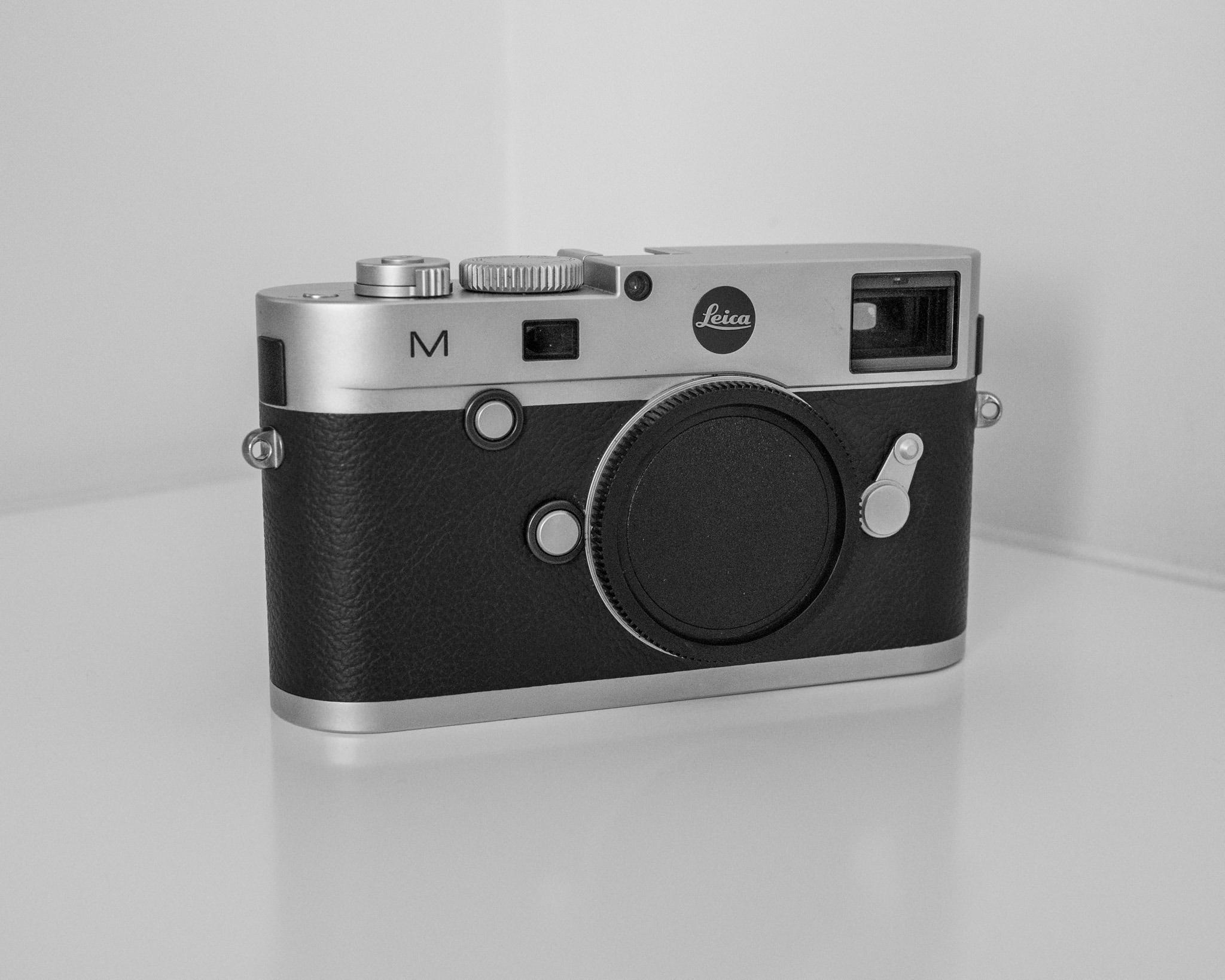
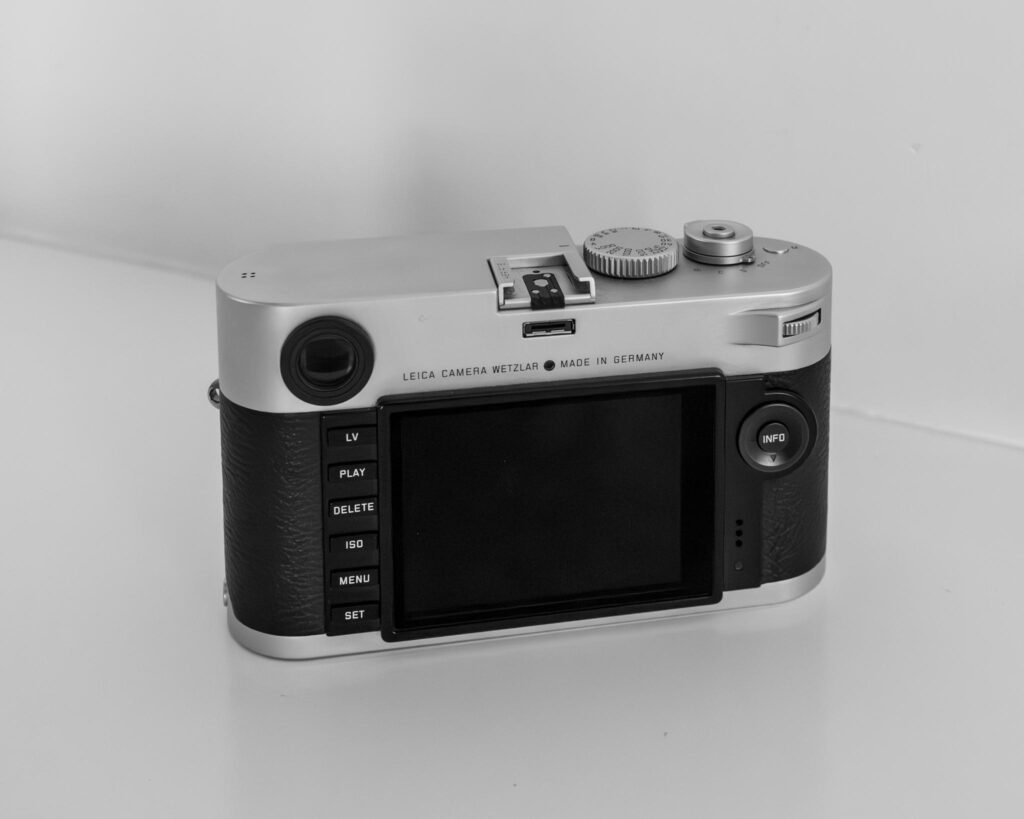
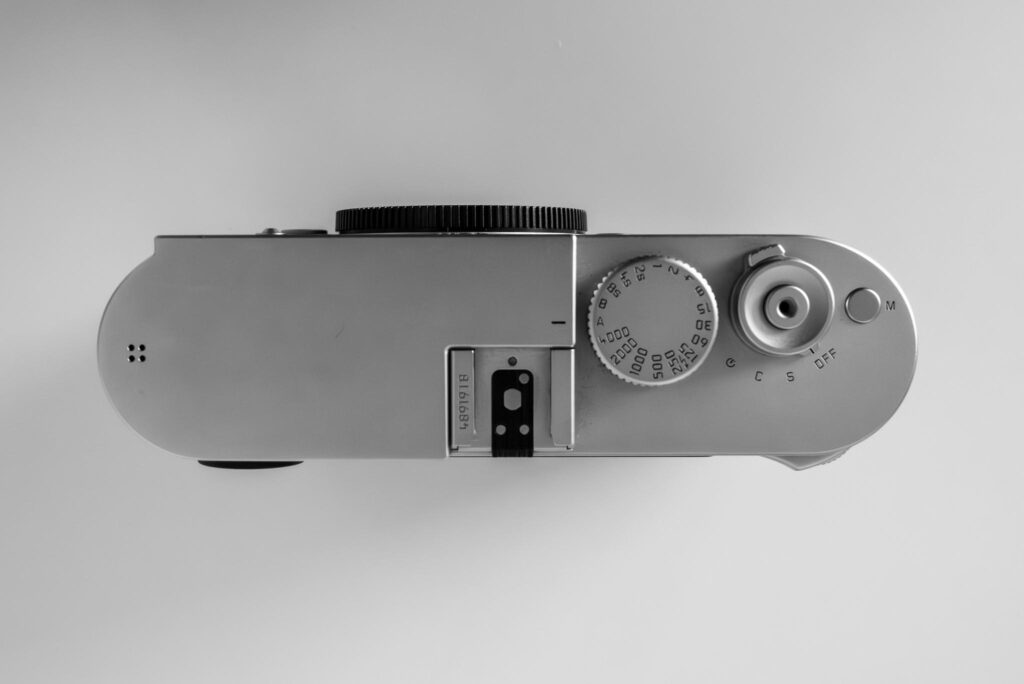
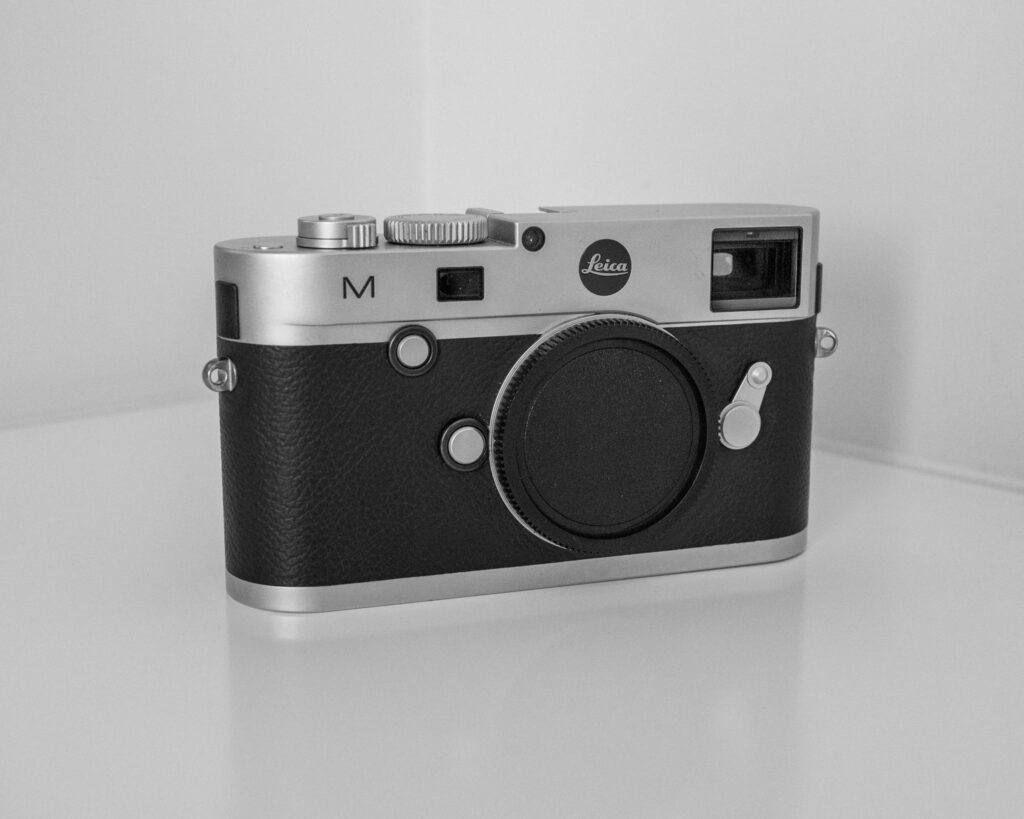
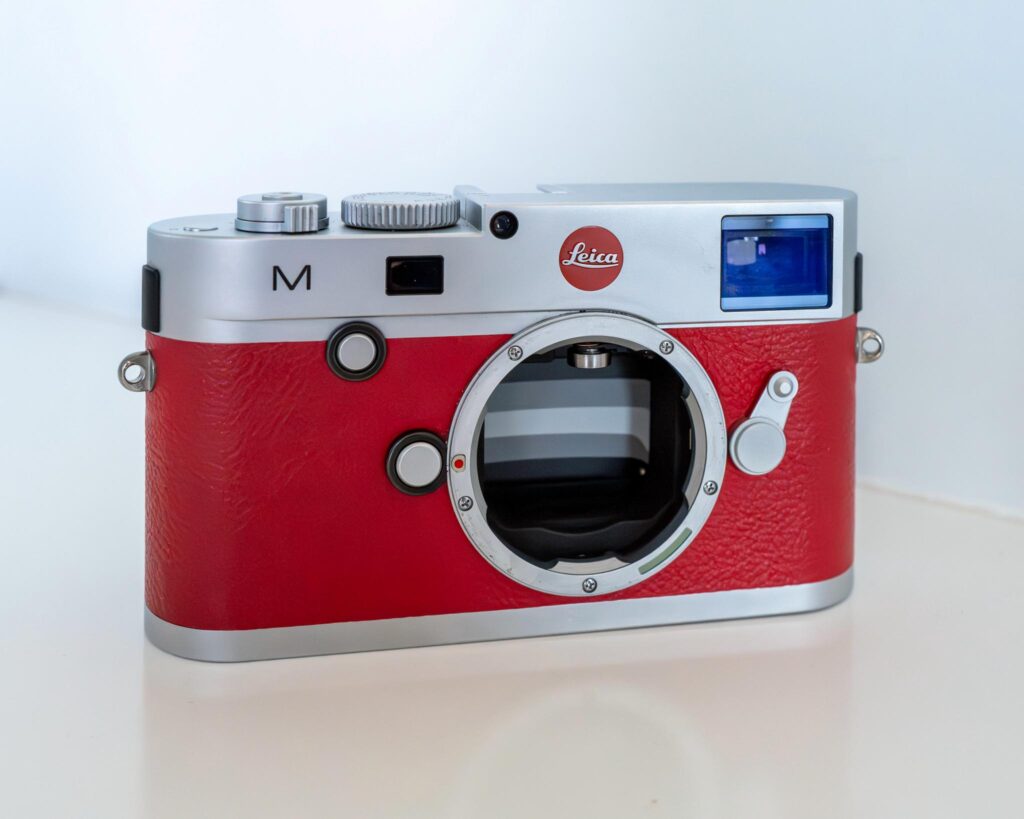
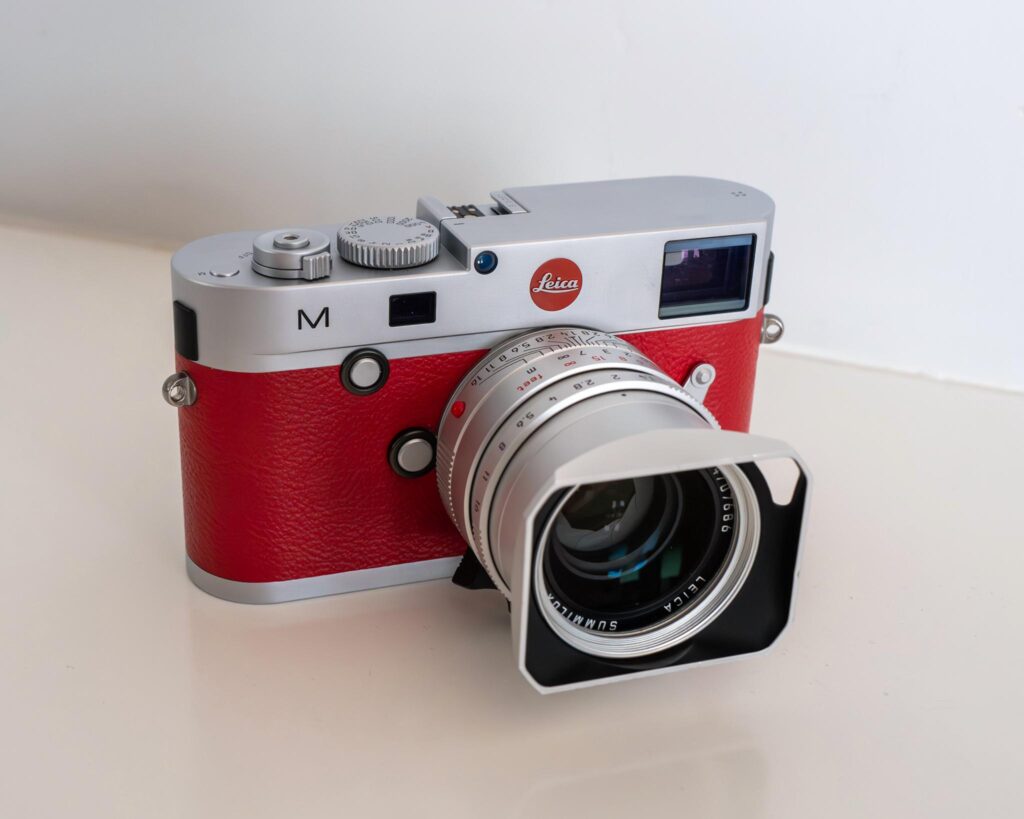
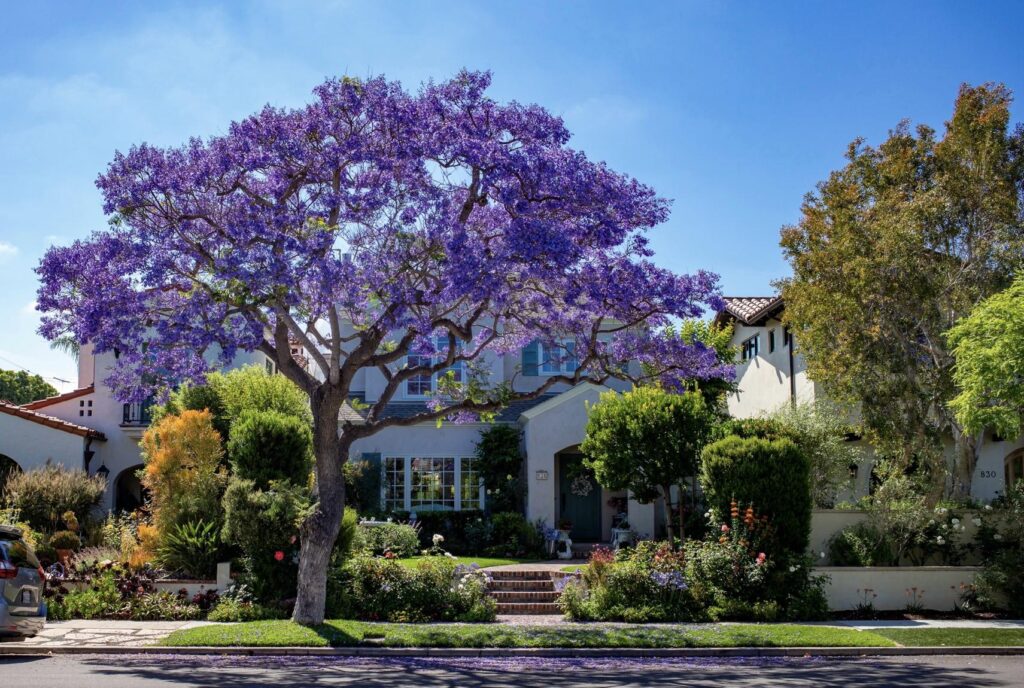
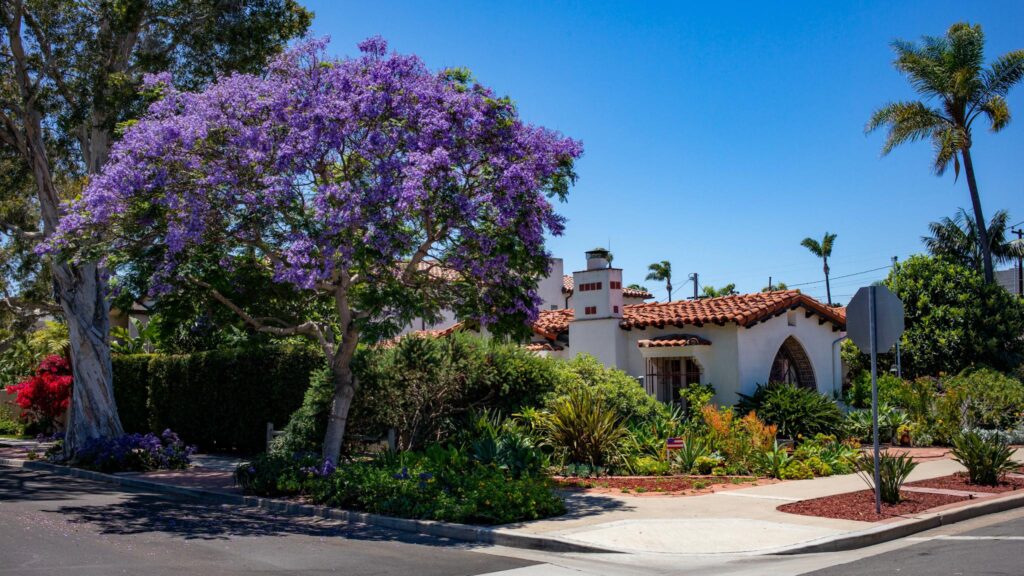
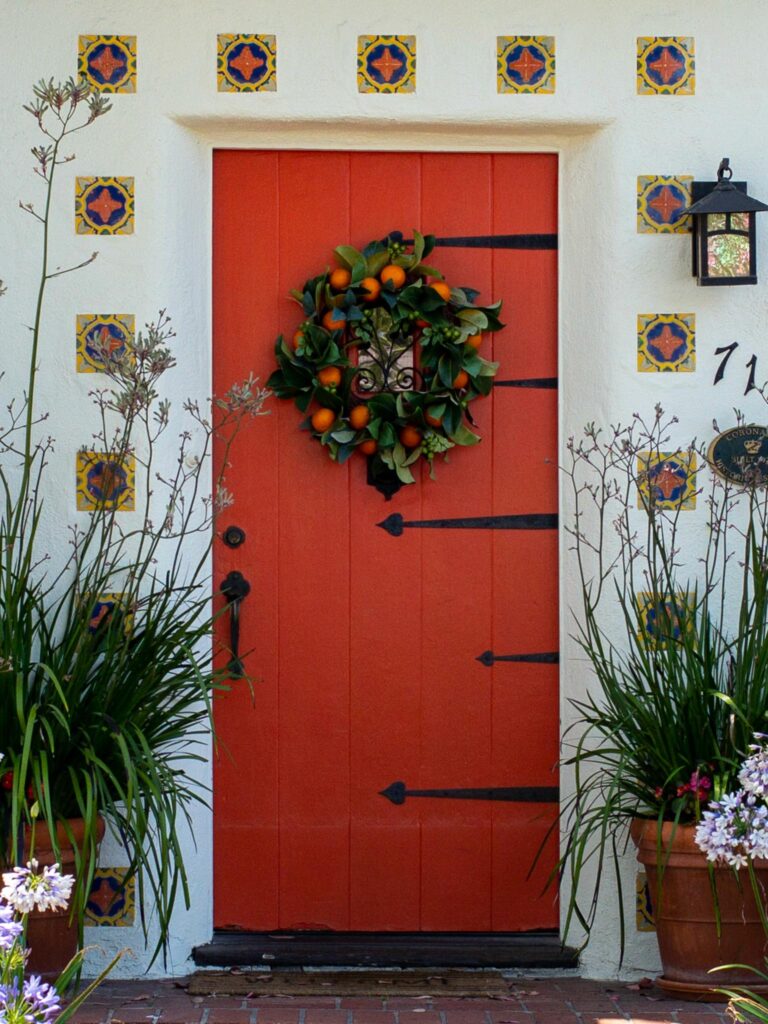

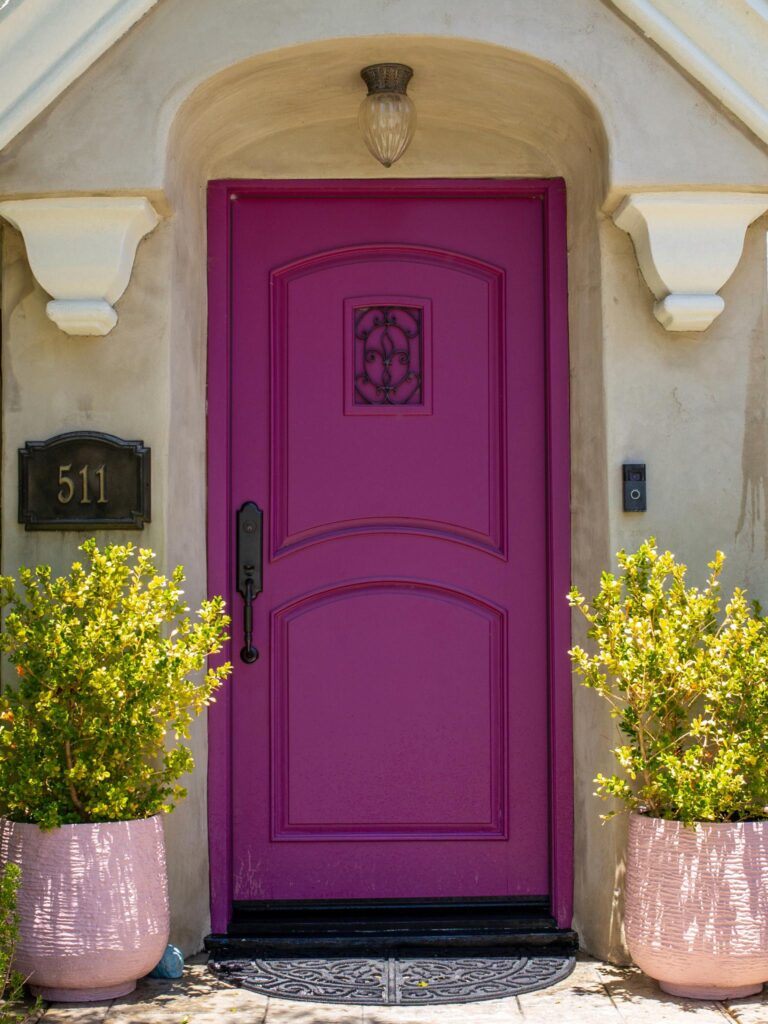
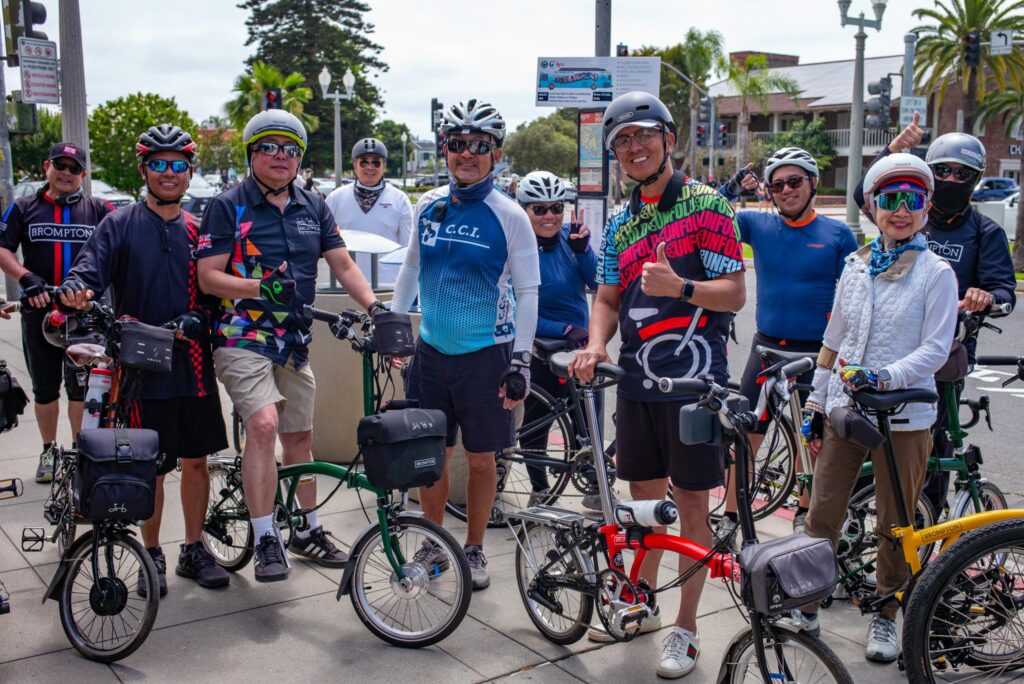
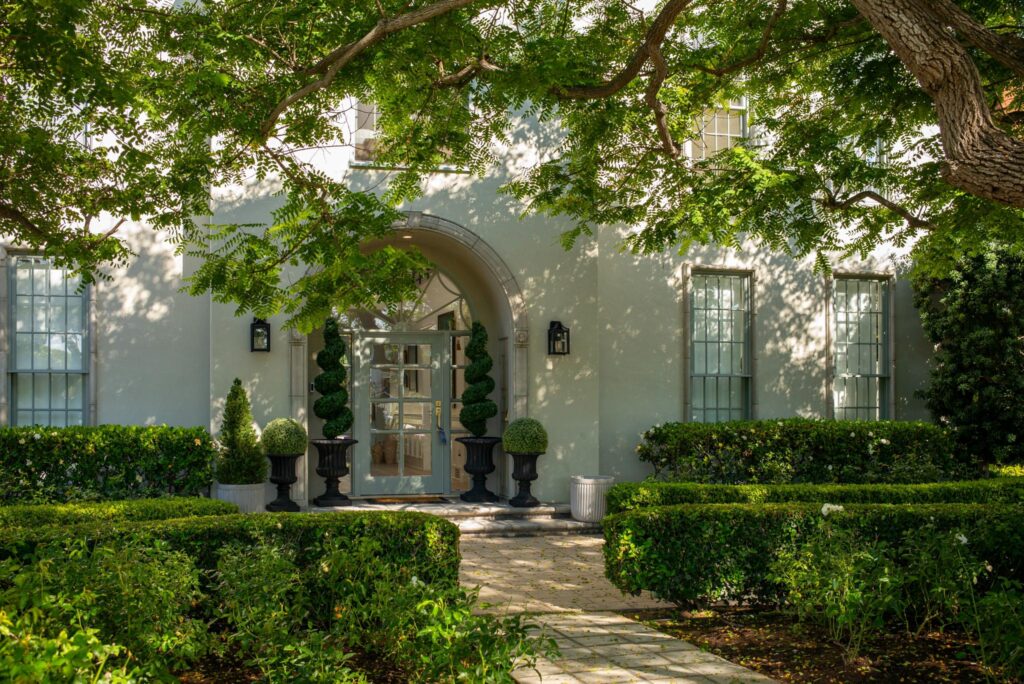
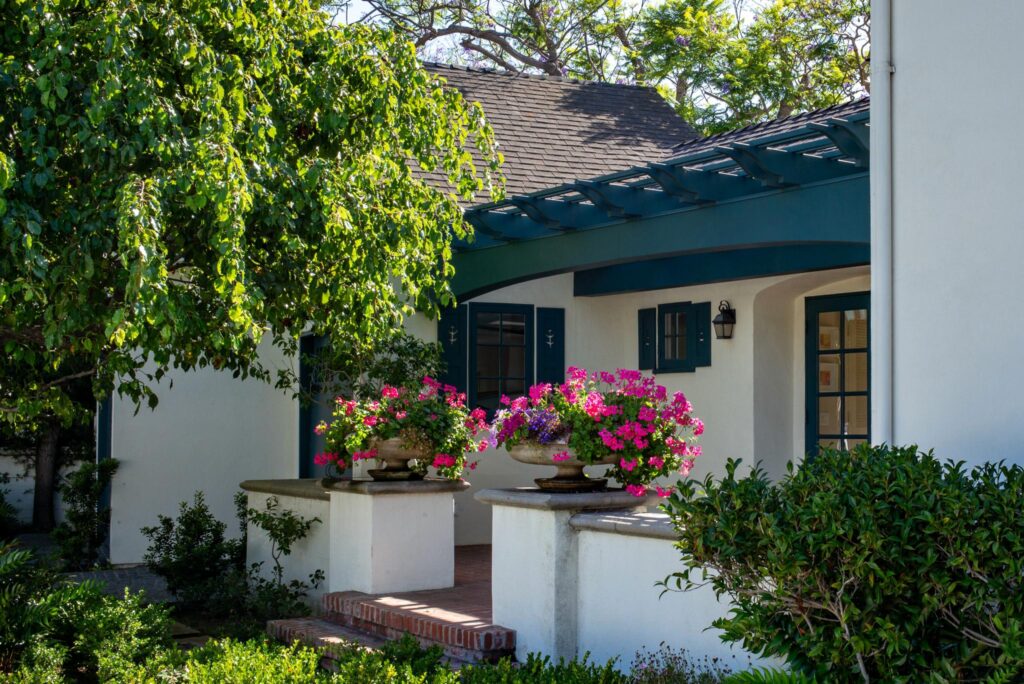
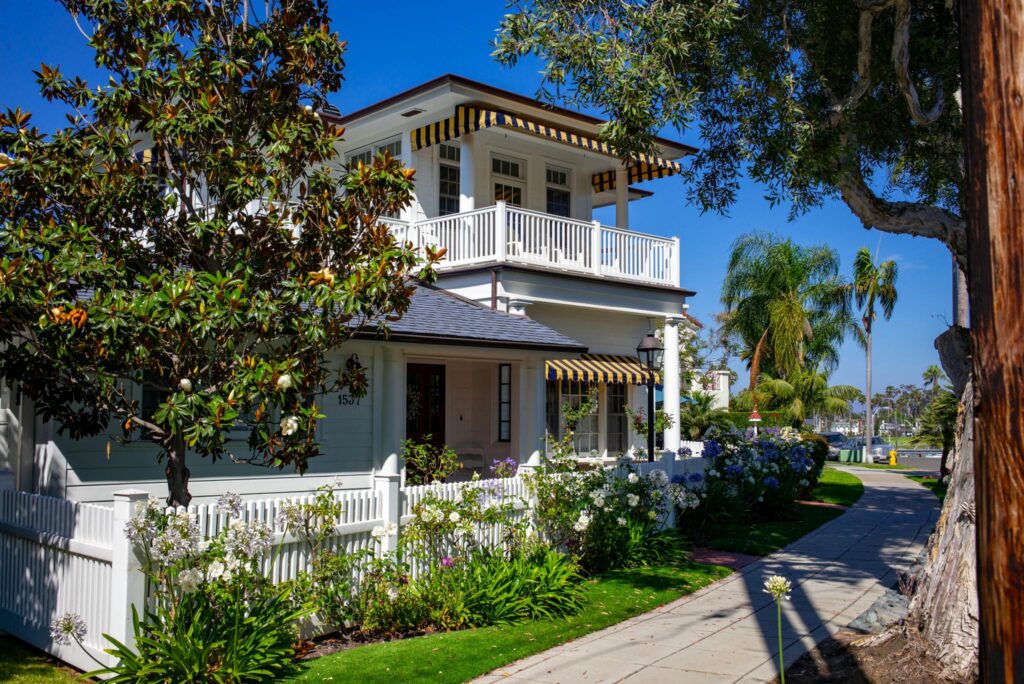
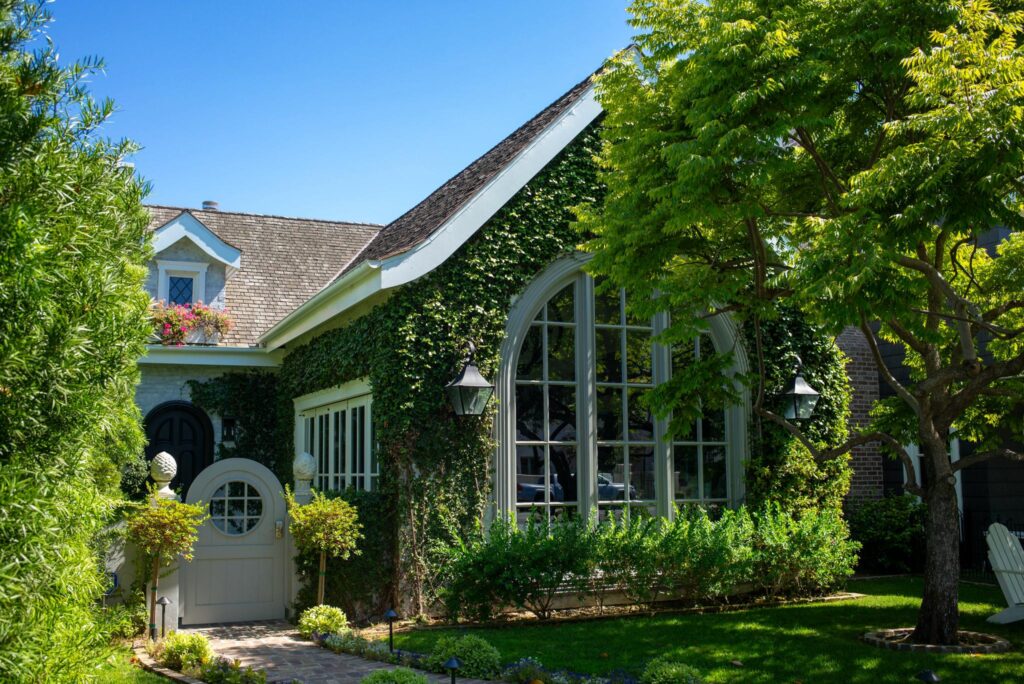
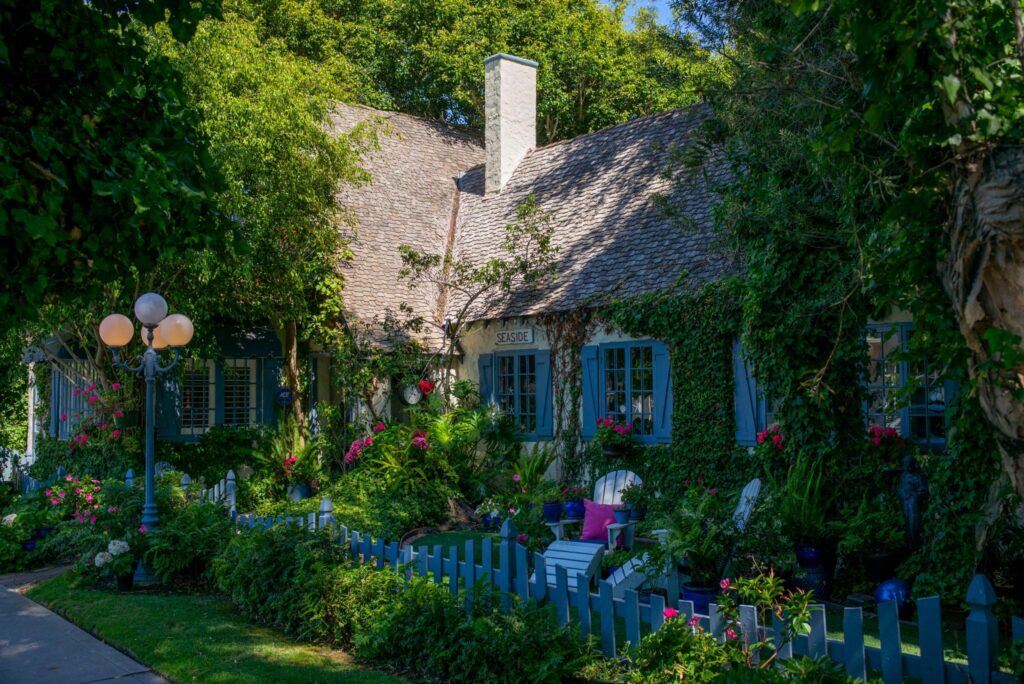

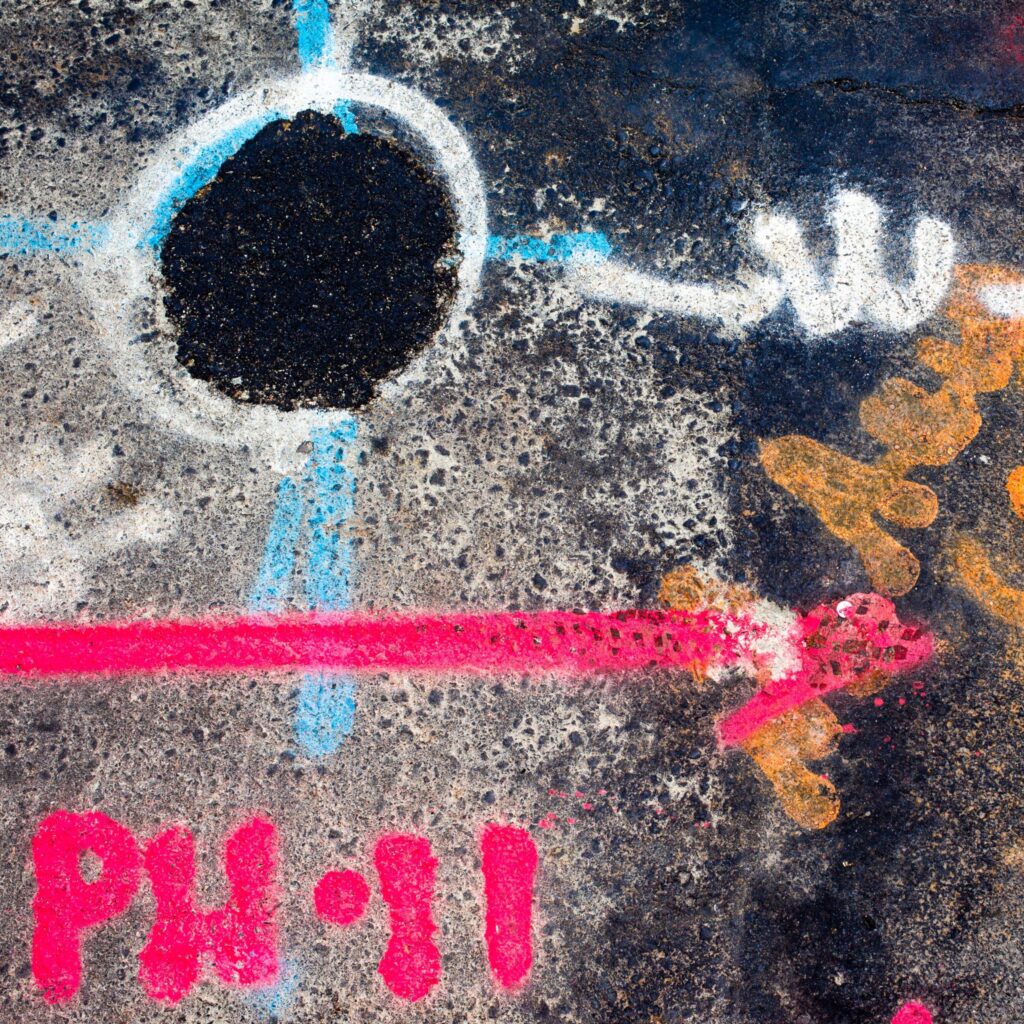
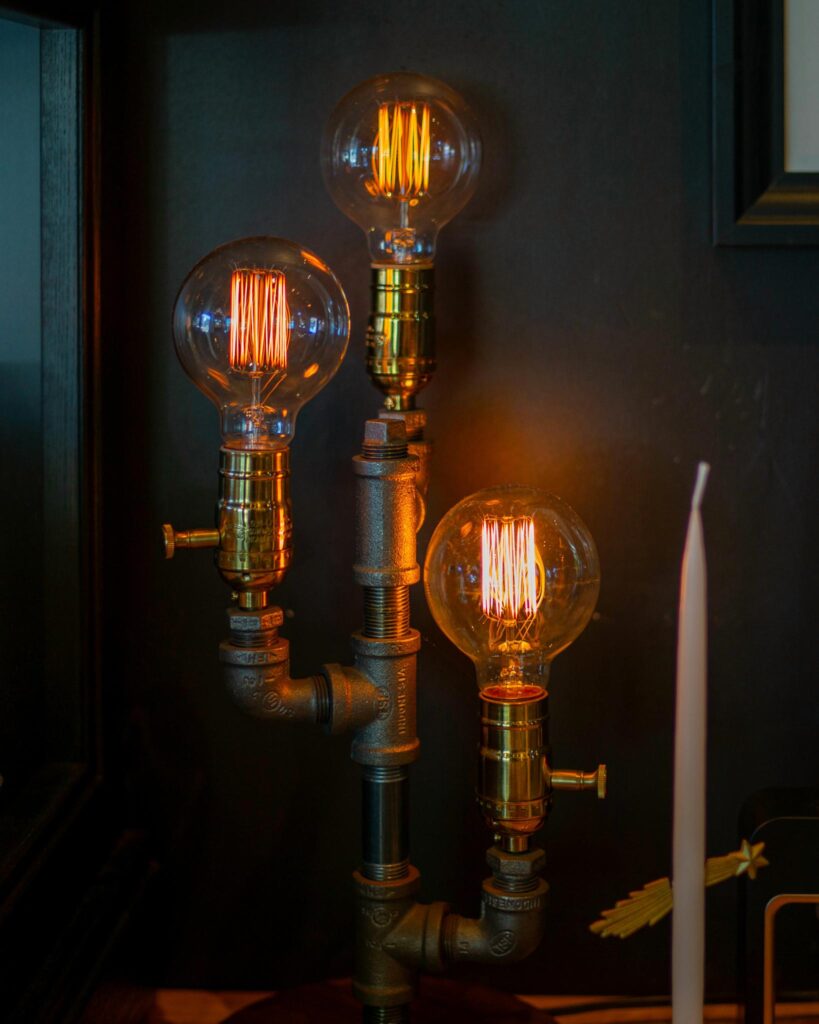
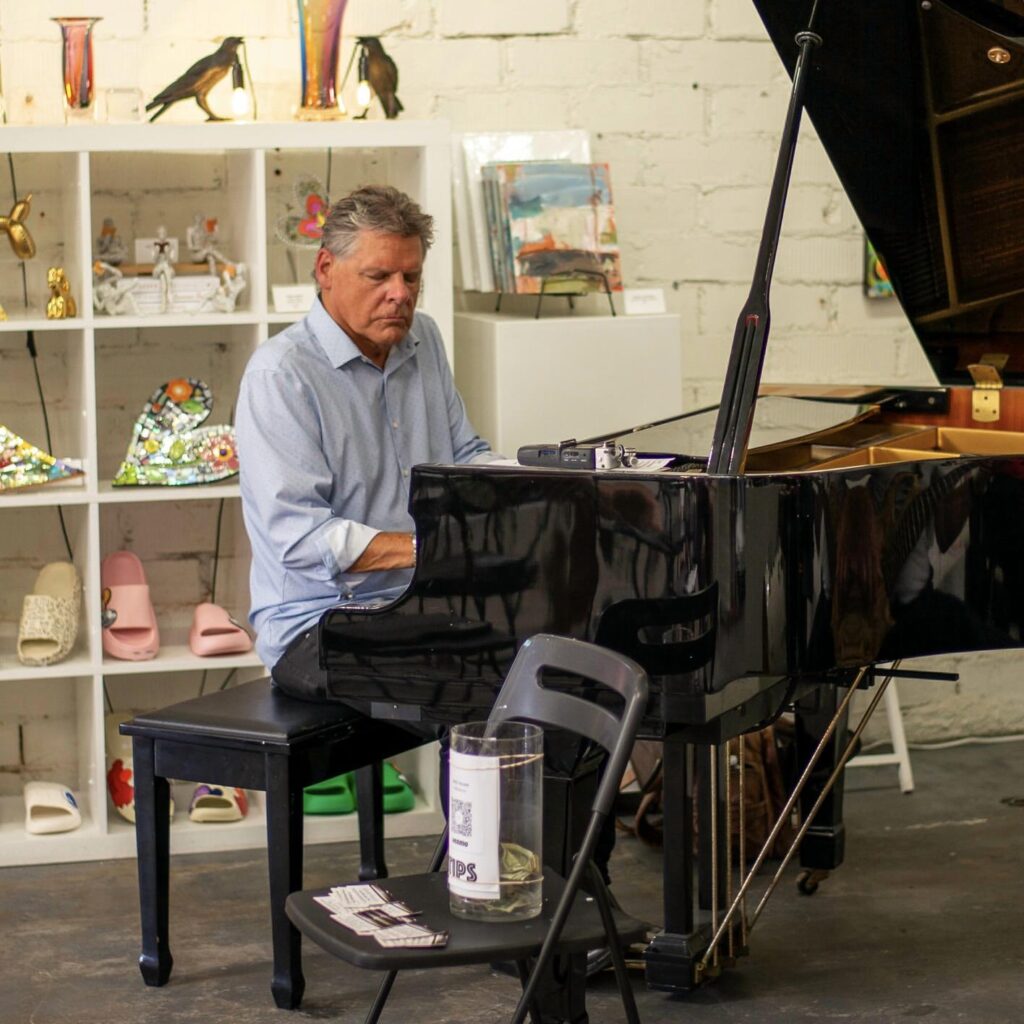

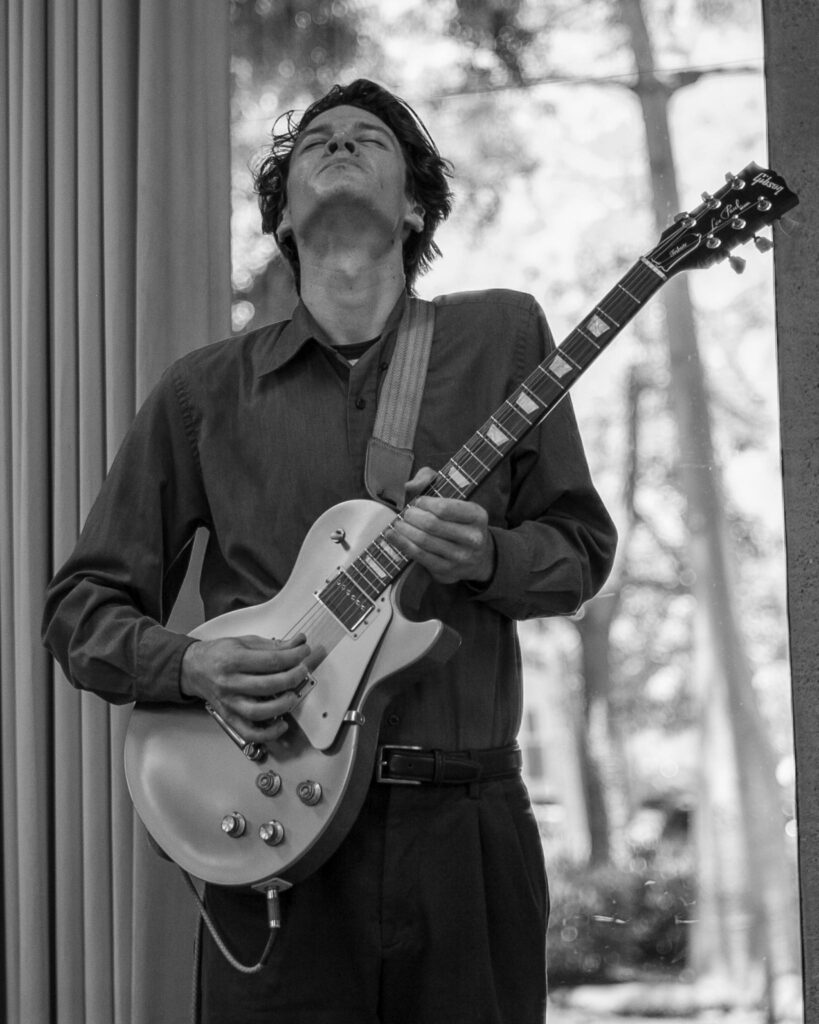
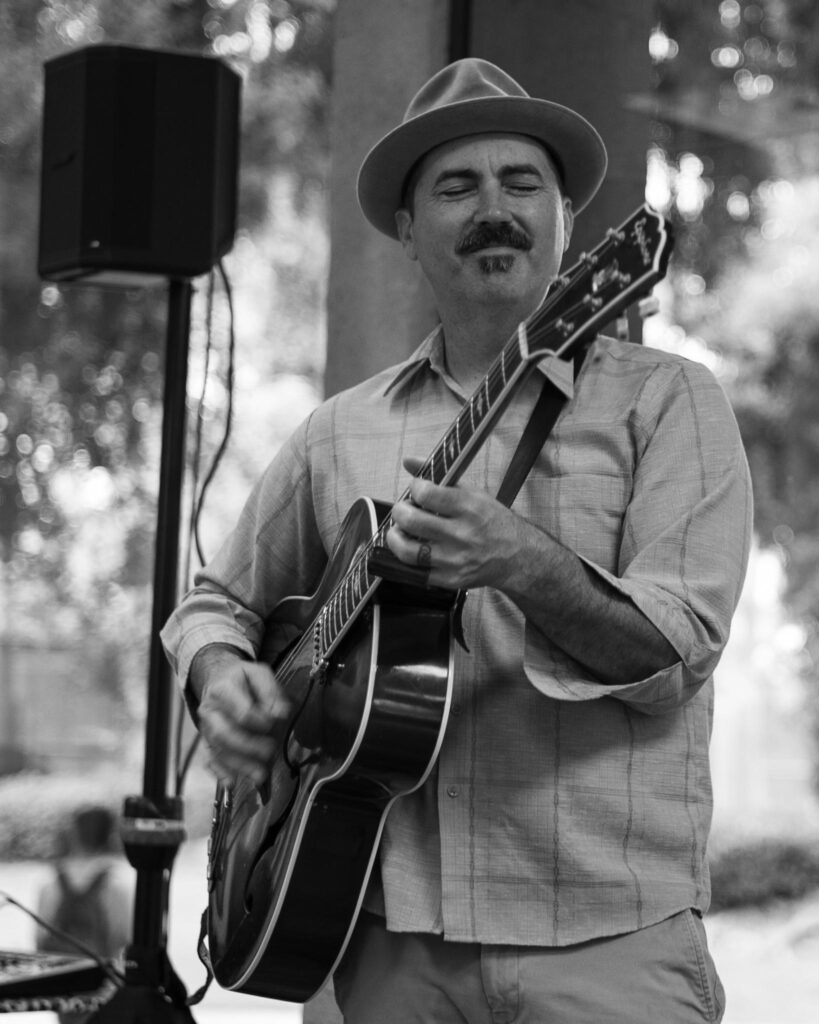
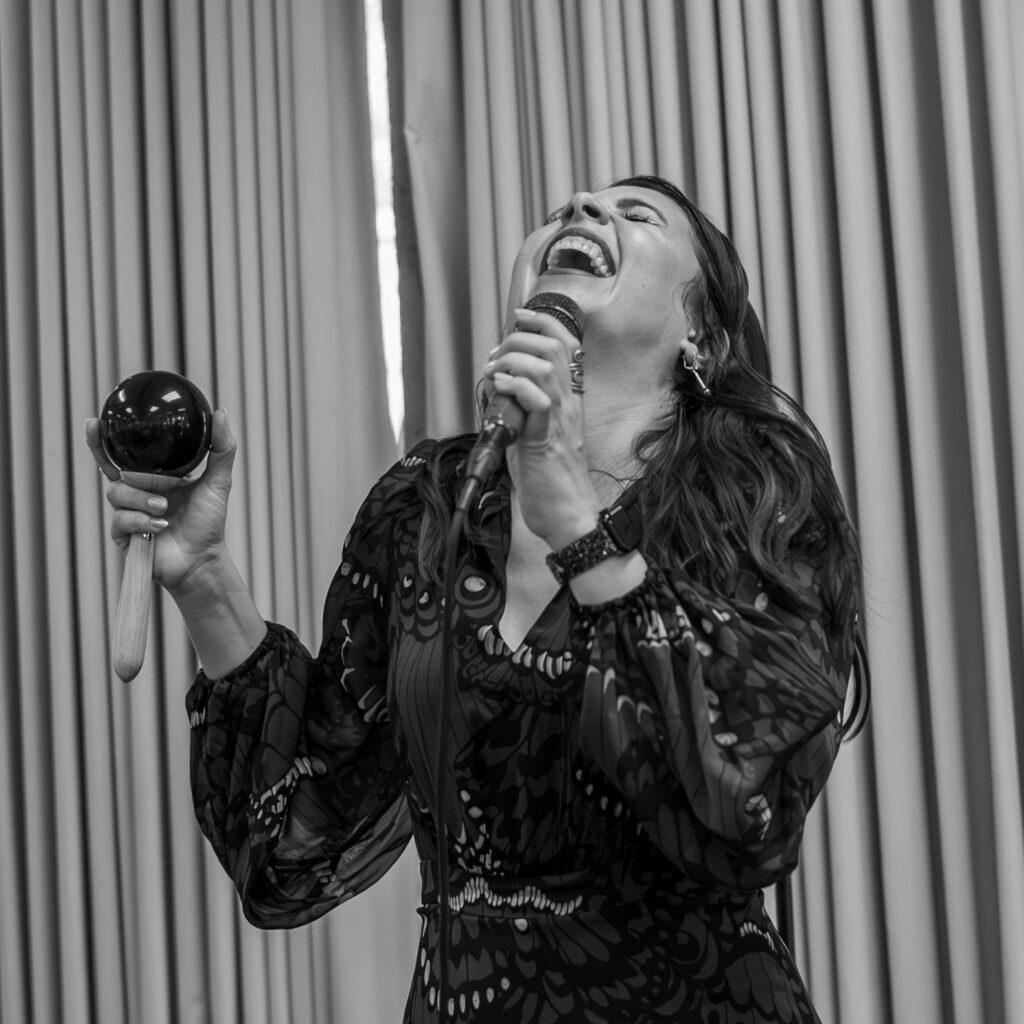
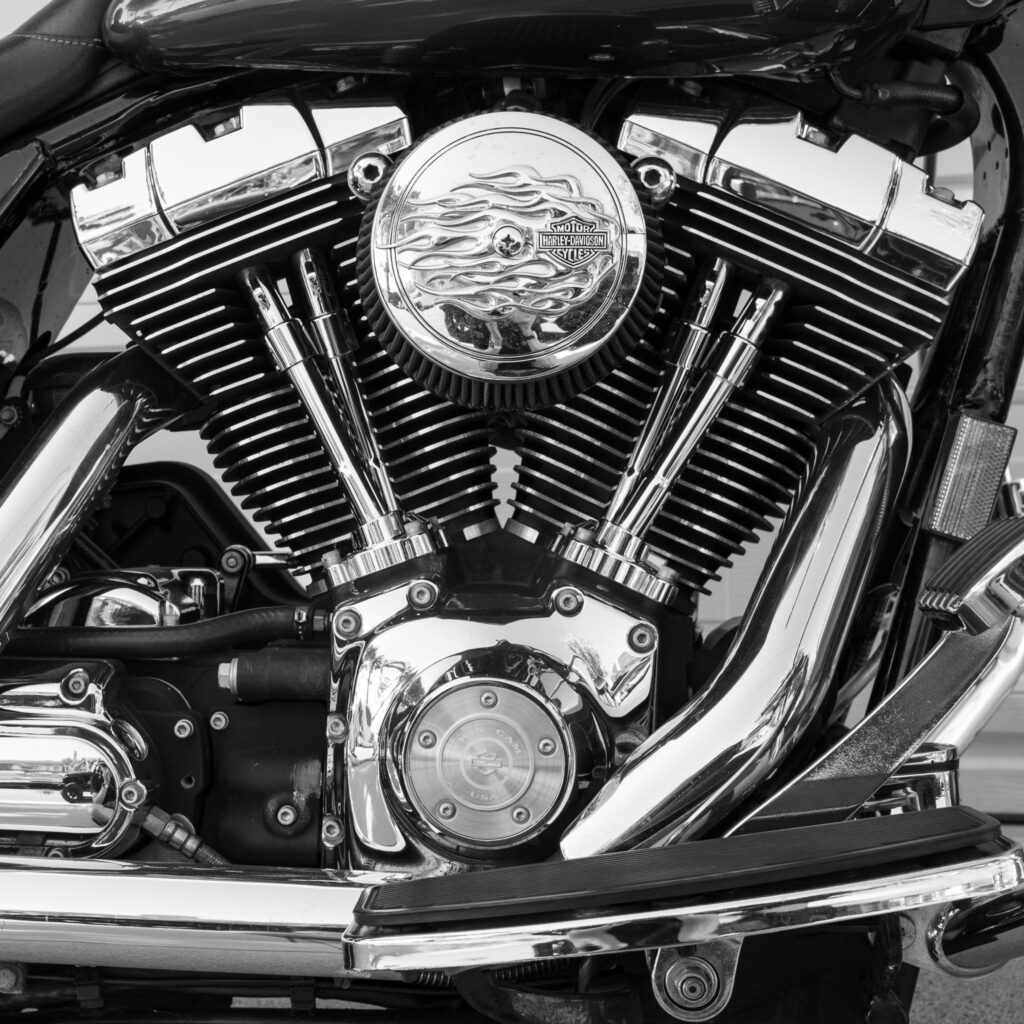
Hi there Keith
I remember so well! But it was with an M7 in 2007 (and then an M8)
But 16 years in I’d love to sit down with you in a nice pub with a pint and talk you through it all!
One thing I would say is that diopter adapters make the viewfinder dimmer.
I now use monovision contact lenses. Distance in my right eye for the rangefinder. Close up in my left for the controls. It works really well for everything in my life except night driving! So that 90 of the time I don’t wear glasses at all. Just a thought!
Anyway. Excellent and entertaining article!
Hi Jono, many thanks! A chat about your experiences in rangefinder photography over a beer in a cozy pub would be outstanding! Have you ever been interviewed about your life as a photographer? A pale second best to the chat in a pub would be a phone or zoom interview and resultant Macfilos article, which I am certain would delight the reader community.
Thanks also for the tip regarding mono vision contact lenses. What a great idea! I am seriously tempted to look into that. All the best, Keith
Thanks Joerg-Peter. I am already a devoted reader of your M-files series, but will be looking forward to the next edition with renewed interest now that it could well influence a purchasing decision! I am sure there is a Voigtlander lens waiting for me out there, once I have the hang of my current set up! All the best, Keith
Thank you very much, Keith,
for sharing your experiences and images. All this reads and looks very promising. Congratulations and welcome to the rangefinder world! I am sure you will have many satisfying moments with your Leica M and some frustrating ones as well. That’s what rangefinder photography is about in my eyes: It blends aesthetic and technical aspects and it has a lot to do with good craftsmanship.
And as for the warnings above. If you really manage to stick to “das Wesentliche” you have all you need with a good body and, say, three lenses. And, knowing quite a few non-Leica lenses, I can wholeheartedly say that the Summilux 35 is certainly costly, but otherwise pretty perfect entry if the focal length fits you.
Do keep us posted about your learning curve!
All the best, JP
Thanks for an engaging article. It does make me speculate that 200 years ago, might you have purchased an unruly horse and, teeth clenched, muttered “I will conquer this beast. I will . . .”
And, it seems, you’ve done it. I very much liked your set ‘Indoor photography works a treat.”
My own path to rangefinder-fu was a bit different: I had a Digilux 2, and when I found myself in the Austin, TX Precision Camera store, I wondered what an M9 might be like. I’ve since learned: never, ever again pick up a bit of Leica gear in a store. It was love at first touch: such a beautiful, precise piece of machinery. And, a year later, the same feeling for the Summicron 50.
I’m doing my very best to avoid even eyeing the M11……
Thanks Kathy! I am regularly telling Mike that in some ways it’s probably for the best that I do not have a Leica Store nearby, so that I am prevented from popping in and perusing their line up of cameras and lenses. I feel fortunate being able to own this gear, for all the reasons you describe. Joerg-Peter has provided everyone with a less expensive, non-Leica route into the rangefinder world through his M-Files series and so I hope like me, many more people will have the opportunity to give this kind of photography a whirl. It really is great fun. All the best, Keith
I find that zone focus or hypfocus is the best way as well for my street photography. I use M Lens on my SL2 camera as it cheaper for now the old school Magnum photographers use this technic many years ago when they did the streets photography. Regards Mark Walch
Hi Mark Walch, thanks for reading and commenting. I have purchased a used M-To-L adapter and so also plan to use my new 35mm lens on an SL2. The EVF and focus aids are so good on the SL2 I am sure I will be able to get my manual focus spot on each time. All the best. Keith
Thanks so much! I’ve been looking for just such an article to help me decide whether I should move into rangefinder country. Now I know I sha’n’t. Thanks so much -and carry on enjoying your cool red camera!
Hi John. Many thanks! I am glad to hear you found the article helpful, even if it has been to discourage you from heading in this direction! All the best, Keith
I disagree with Ed on 35mm being the best entry focale length:
You then miss the view outside the frames as 35 mm is the whole viewfinder
Paiting with selektive DoF is the essence of photography today as opposed to iphone where everything is sharp
Shoot an M with a 35 and both eyes open. You will see plenty beyond the frame, even though the VF magnification is less than 1.0. Your eyes will get used to it.
Ed
I agree with Ed. The 35mm Leica lenses, even the older ones, render nicely and are small and unobtrusive. I occasionally use my 33-year old 35mm Summicron (IV, the “Bokeh King”) and love the rendering for both street shots and scenics. The Leica M is perhaps the best conversation starter on the street relative to any other brand. You make new friends, a real benefit.
Vey nicely written, and informative to those who have yet to be fatally bitten by the classic Leica experience.
I might take issue with you saying that taking pictures with an M camera is slower. Wait awhile. Pre-visualizing skills, combined with pre-setting exposure parameters and possibly distance, make for very rapid shooting. I mostly shoot people. I preset my camera, introduce myself to the victim (rather, subject) saying I am a photographer, and ask politely whether I can take their picture. As I hear them saying yes, I raise the camera to my eye and can rapidly fire off one or two frames. Those initial shots are usually the best pictures. I usually shoot fairly near wide open, so camera shake is minimized here.
A 35mm lens is, IMO, the best compromise if one is limited to only one lens. It was a good choice for a first lens for the experience, as it‘s DOF will cover slight issues with perhaps shaky RF focusing, and it allows modest cropping even with lower res M‘s. And Leitz / Leica 35s are magnificent. After many years, I am still often awed by their performance.
Again a very nice and helpful article!
Ed
Thanks Ed! I don’t know how many potential ‘first time users’ there are out there, as opposed to committed Leica-M shooters who are upgrading to new versions, but there must be some, and I hope the article will be of value to that niche group. I am very happy with my choice of 35mm as an initial focal length. I do sometimes miss that extra field of view my Q2 gives me, but I think I would have been frustrated if I had chosen and been restricted to a 50mm lens, given my interests. All the best! Keith
A slippery slope… Getting into rangefinder photography is not that expensive but keeping up with the latest and greatest will cost you a small fortune… Good luck!
Hi Slow Driver. Yes, a slippery slope indeed! Mike has consistently warned me of this risk, and I can see the temptation to add lens after lens to a collection. I shall try to exercise iron discipline, at least for the time being, and focus on learning how to use my current set up correctly. All the best, Keith
A very well written commentary on your introduction to Leica M shooting. From my own experience, starting with an M6, the transition was made easy by the Leica M’s inherent simplicity and intuitive handling. I used an M240 starting in 2014 on a trip to Havana. Flawless!
Hi Bill, many thanks! I did give quite some thought to a reissued M6 but eventually decided that tackling a simultaneous jump to both rangefinder and film photography would be too big a step for me. Perhaps down the road I will be able to summon the courage to at least try a film camera again. Your articles about your exploits in China certainly provide plenty of inspiration for giving it a go! All the best, Keith
Wonderful! I have been waiting for your article and now feel I have been pushed beyond the edge of the diving board. The next step is to find the kit, which with a friendly and knowledgeable dealer should not be too hard.
Thanks Le Chef! I am glad the article was helpful. I hope you have a Leica Store in the vicinity that can help you. Unfortunately, we do not have one in San Diego and I rarely visit LA, so I have relied on advice from the Macfilos community – which of course has been been both generous and insightful. I look forward to hearing what you decide to buy! All the best, Keith